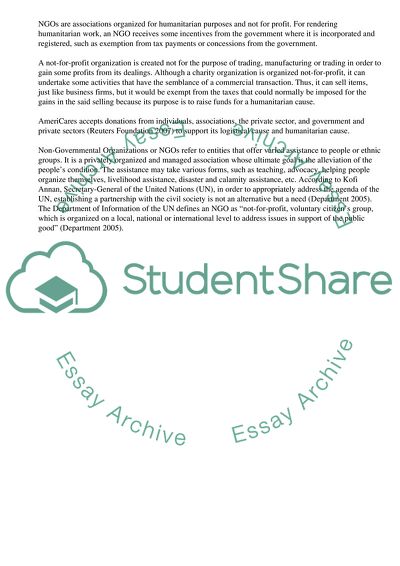Cite this document
(AmeriCares: A Charitable Non-Governmental Organization Case Study, n.d.)
AmeriCares: A Charitable Non-Governmental Organization Case Study. Retrieved from https://studentshare.org/management/1712945-an-international-charityngo
AmeriCares: A Charitable Non-Governmental Organization Case Study. Retrieved from https://studentshare.org/management/1712945-an-international-charityngo
(AmeriCares: A Charitable Non-Governmental Organization Case Study)
AmeriCares: A Charitable Non-Governmental Organization Case Study. https://studentshare.org/management/1712945-an-international-charityngo.
AmeriCares: A Charitable Non-Governmental Organization Case Study. https://studentshare.org/management/1712945-an-international-charityngo.
“AmeriCares: A Charitable Non-Governmental Organization Case Study”. https://studentshare.org/management/1712945-an-international-charityngo.


